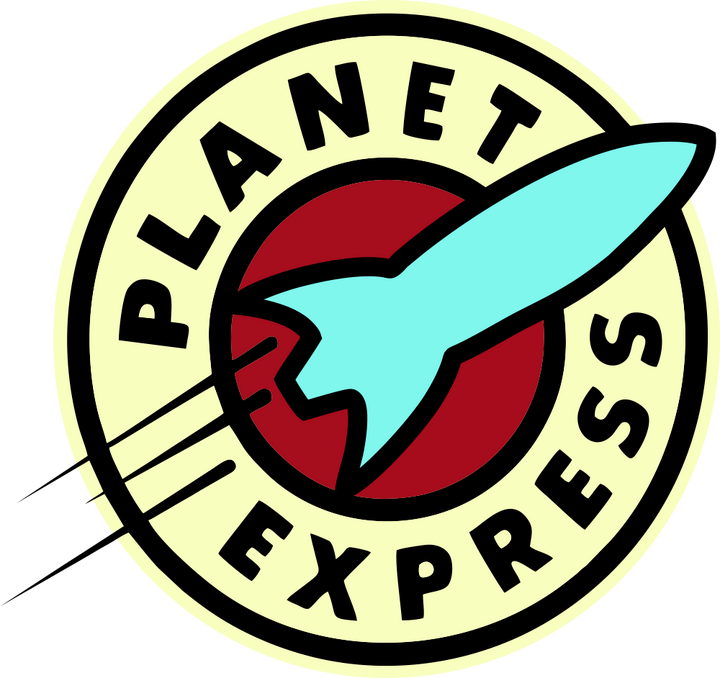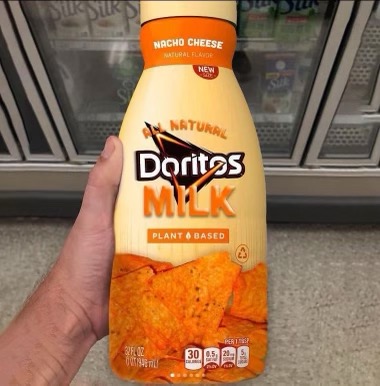They’re marketed as being recyclable along with the cans that might appear at a picnic. Whether they actually get recycled is another question; I’ve seen more picnic shelters with recycling bins, but certainly not all.
Some buyers in their online reviews said they were washing and reusing the cups instead of recycling them. I don’t know how effective that is but assume it’s fine. They would be a better choice than glass at places like pools where glass is prohibited.












Thank you!